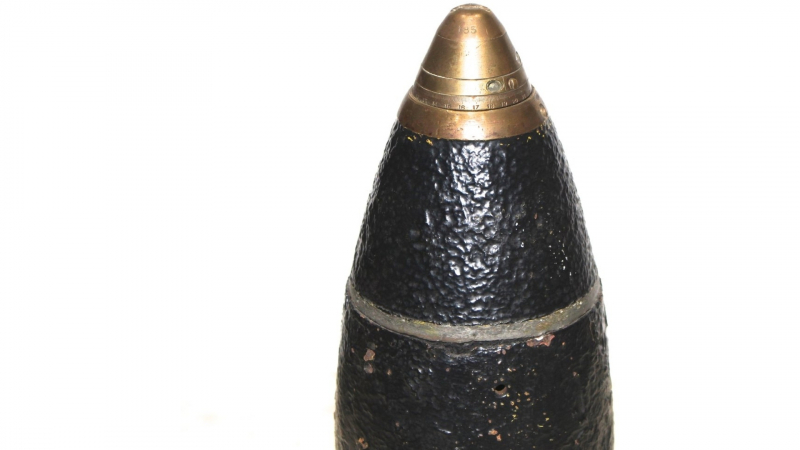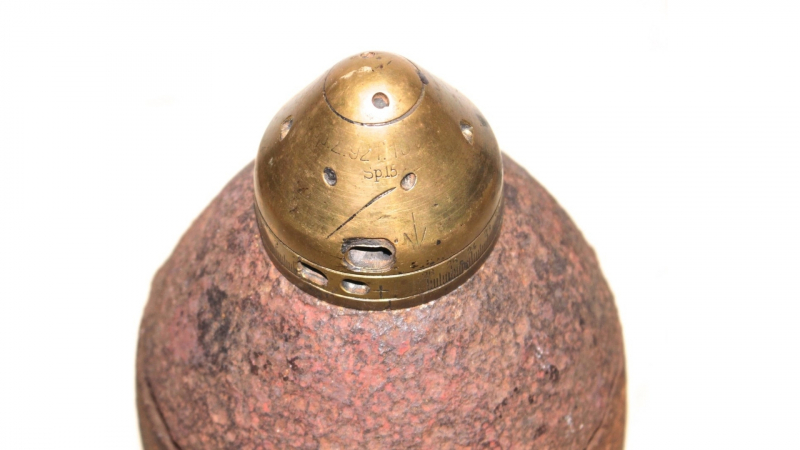Shrapnel
Henry Shrapnel, a resourceful British army commander, spent his own time and money on research and the creation of a brand-new type of artillery round in the late 18th century. The shell, a hollow cannonball filled with lead shot intended for anti-personnel use, was created to explode in mid-air using a delayed-action fuse.
During the 1780s, Shrapnel had the opportunity to test his creation in actual combat, but the British army was slow to adopt it into its arsenal. It wasn't until 1803 that the projectile of Shrapnel was modified, employing a more contemporary, elongated shell in place of the original spherical one. The shrapnel round, a new artillery cartridge, did, however, make its greatest contributions during the Napoleonic Wars.
The projectile was adopted by militaries all across the world and used as the standard artillery round for about 100 years before the high-explosive shell rendered it obsolete. The term "shrapnel" has evolved to refer to any bomb or shell fragment propelled by an explosion, despite the fact that the shell itself went out of favor.












